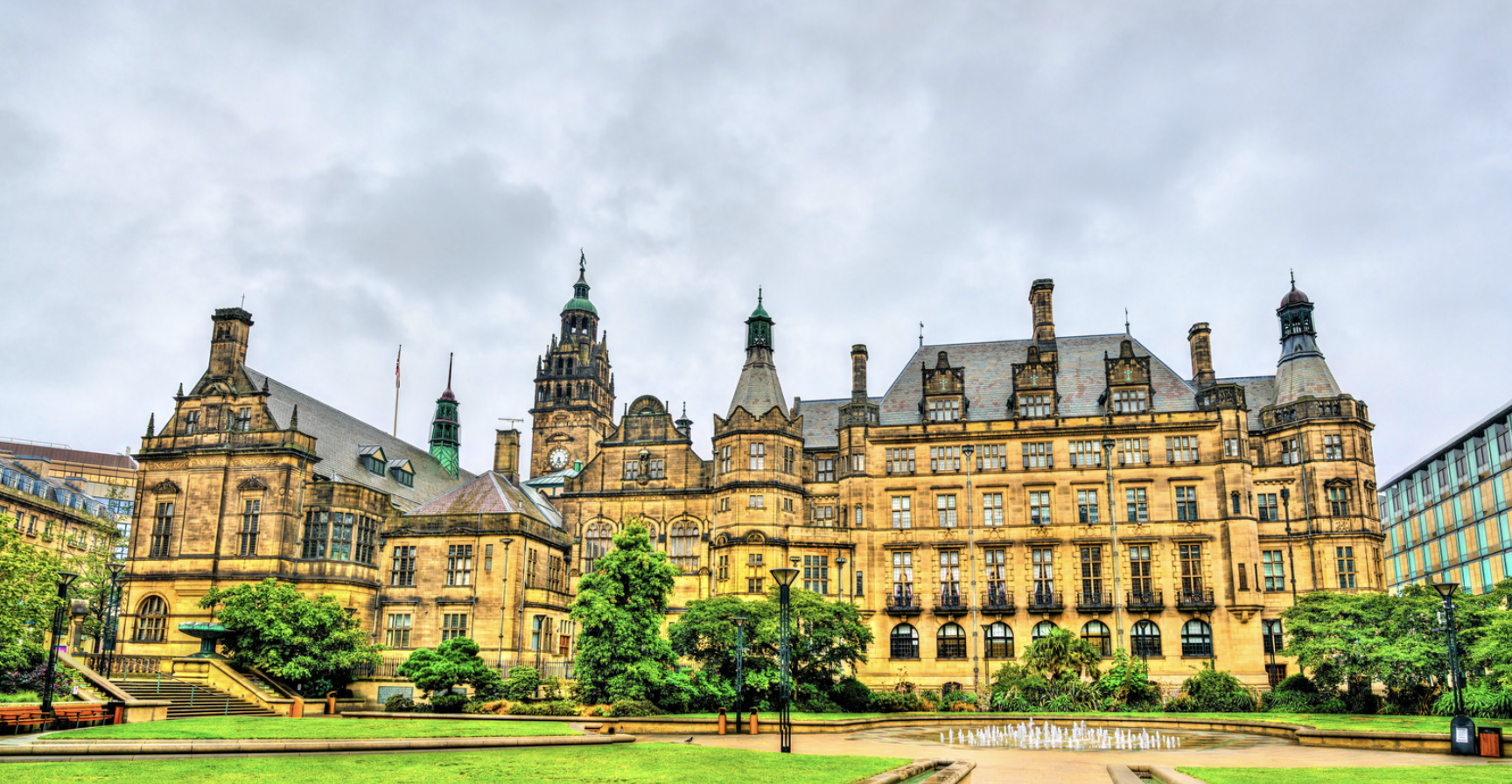Traditional paddlewheel steamers have stood the test of time in Bangladesh, despite the country’s notoriously hazardous rivers.
The first threat appeared vaguely soon after dusk. “Starboard right!” Captain Lufthur Rahman yelled as he peered through wire-rimmed spectacles into the dark waters of the Buriganga River in Bangladesh. Pump out the boiler room! Unable to see a thing, with only the sound of a foghorn for guidance, he miraculously maneuvered clear of an approaching boat that was severely overcrowded.
The water traffic between Dhaka and the Bay of Bengal was absolutely chaotic, with torpedo-shaped taxis, multi-story barges, wide-loaded junks, weak rubber boats, and rundown freighters constantly zipping about. A catastrophe seemed almost certain. Not a coincidence, however. As if engrossed in a real-life game of Battleship, the ancient Bangladeshi paddle-wheel steamer PS Ostrich has sailed into the heart of all this mayhem every night for decades.
This level of watchfulness is crucial to the survival of the most densely populated nation in the world. An aquatic plain that rivals any seascape that Turner could have drawn covers Bangladesh, thanks to its 8,000km of navigable rivers and canals. Only by boat can one hope to traverse its enormous and incomprehensible deltas.
The PS Ostrich has never gone down or had an accident because of the resolute discipline of sailors like Rahman. An incredible display of maritime engineering—and sheer faith—allows the steamer to make it through the epic 20-hour voyage from Dhaka to Morrelganj, a city on the edge of the Sundarbans, the greatest mangrove forest in the world.
PS The ostrich is the ultimate survivalist in this country. This historic paddlewheel steamer is one of only four remaining in the nation; they are known as “the Rockets” due to their status as the swiftest boats in the country’s maritime past. With its steampunk design and dirty-yellow veneer, the Ostrich stands out from the hectic wharves of Dhaka’s Sadarghat boat station. The others, the PS Mahsud, PS Lepcha, and PS Tern, are all still in service.

From a close distance, the ship does not seem to be an impressive example of preservation. It is low and almost sinking. The crumbling, two-story edifice, which has seen better days, was constructed at the Scottish dockyards of Clydebank in 1929 and transported to the Bay of Bengal as a passenger ferry. It is an unlikely remnant of the British East India Company’s administration in Bengal. The ship’s crew in Scotland had no idea that almost 85 years later, it would offer a lifeline for people in Bangladesh.
Even though a crude diesel engine started powering the enormous paddlewheels in 1996 and the roof was renovated (with rusted tin sheets), the ship nevertheless looks ancient.
This is like sailing an antique, Rahman said. Life on board is different, even if there are newer, faster boats out there. This adventure isn’t your average vacation.
A floating hamlet full of personal tales, encounters, and drama works when the boat is crowded with goods, which includes anything from three-piece suits and washing machines to sacks of grain and decrepit bicycles. Although there is sufficient space for 700 people, the number may increase to 3,000 on Islamic festivals like Eid.
Problematically for the Rockets, Bangladesh’s economy is heavily dependent on the water, necessitating boats that are both faster and more streamlined. India and China, two nearby countries, are attracting customers away from established companies and toward younger ones with their pristine white, multi-decked ships.
With improved schedules and very affordable rates, these boats with deep hulls may go from Dhaka to the delta towns of Chittagong, Chandpur, Barisal, Hularhat, and Morrelganj in as little as half the time of the Rockets. These boats have been the driving force behind the country’s modernization with their own hallmarks. The Rockets, on the other hand, are old and useless in contrast.
Their rescue may lie in this very past, nevertheless. Nostalgic artifacts in a contemporary setting, the Rockets evoke a wealth of nostalgia for people of all ages in Bangladesh. Even before WWII, families were enjoying the thrills and spills of life on board, and now that trend has extended to the elderly.
It is as if you are on board the RMS Titanic.
Journalist Chandun Sutsil of a Dhaka daily said, “I used to take the boat to Dhaka when I was young – it’s something I’ll never forget.” The father was a doctor. “It is the past that people like me value. Sailing on this is like being on the Titanic.
The Rockets’ impeccable safety record is another argument that officials stress. Despite Chandpur’s reputation for devastating barge and ferry disasters, none of which have resulted in the decommissioning of the Rockets, the city is located at the junction of three rivers: the Buriganga, the Padma, and the Meghna.
That is something that the passengers of the PS Ostrich agree upon. An employee of the forestry department named Rajib Ahmed Khan was traveling from Barisal to Hularhat when he made the comment, “The Rockets are more reliable – they have never had an accident in all this time.” The British make it, and there are a number of issues with the newer vessels. That must mean something.
It may seem counterintuitive, but the Rockets’ speed—or lack thereof—could be their deciding factor. Without the Rockets’ extensive service, scores of small towns would be cut off as the quicker ferries only land at big gates. The trusty PS Ostrich makes sure everyone can get where they’re going by navigating the backwaters, stopping at the primitive tug boat landing pontoons, even though these settlements are nothing more than mud huts surrounded by fruit trees and rice terraces that have been flooded.
While accompanying his aging father on rickshaw rides between villages, Mahmoud Mehedi said, “It is a very old but vital service.” “Without the Rocket, this journey would never have been possible, even though we are only going 2km down the river.”
Additionally, for those from other countries, this tour offers a unique and romantic glimpse into a country that is partially submerged in water. Drift over besieged rice fields and flooded riverbeds on your approach to the Sundarbans’ immense mangrove forests—the last refuge for the Royal Bengal Tiger in India.
Keeping afloat could be the price of existence in Bangladesh, thus an old paddle-wheel steamer like the PS Ostrich might yet find a use. May she endure these seas for a long time.




